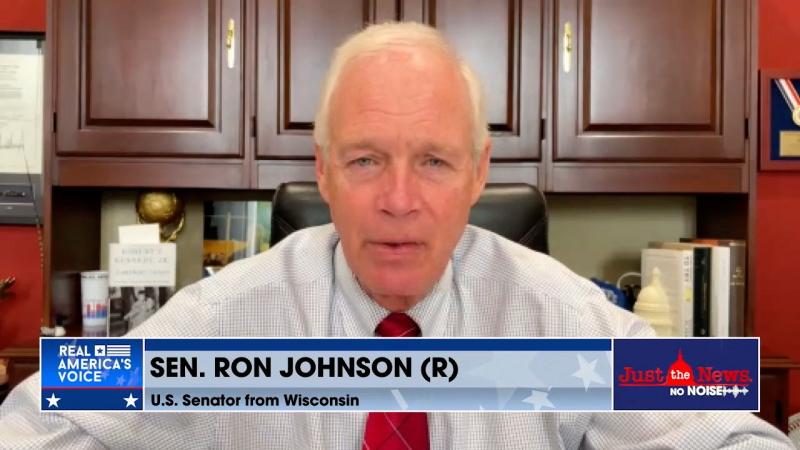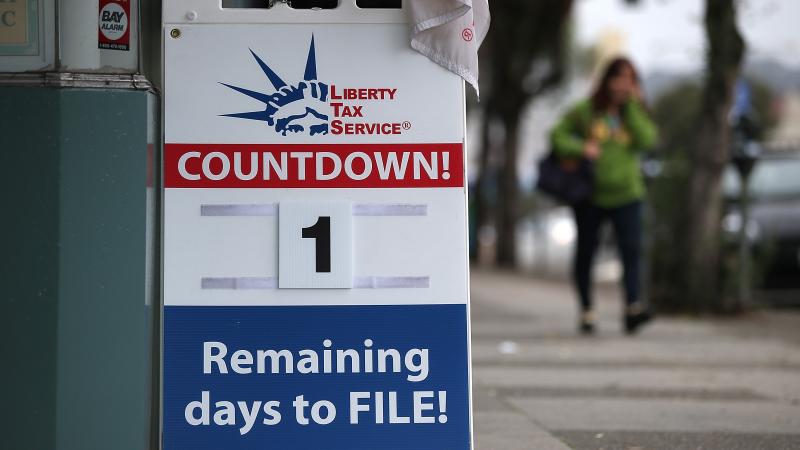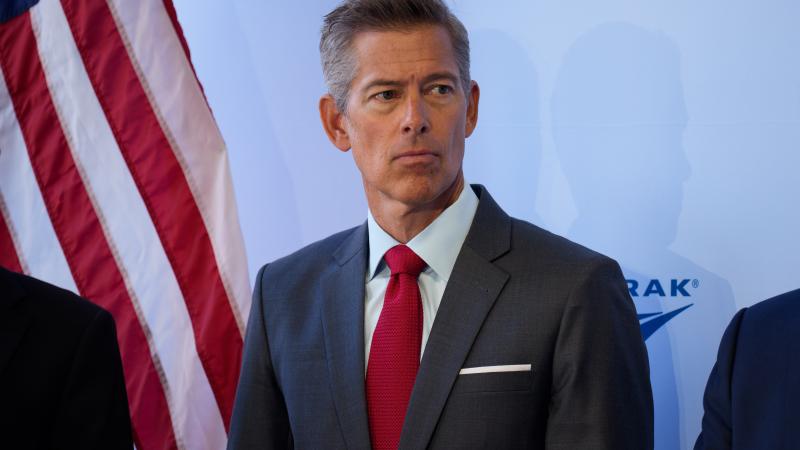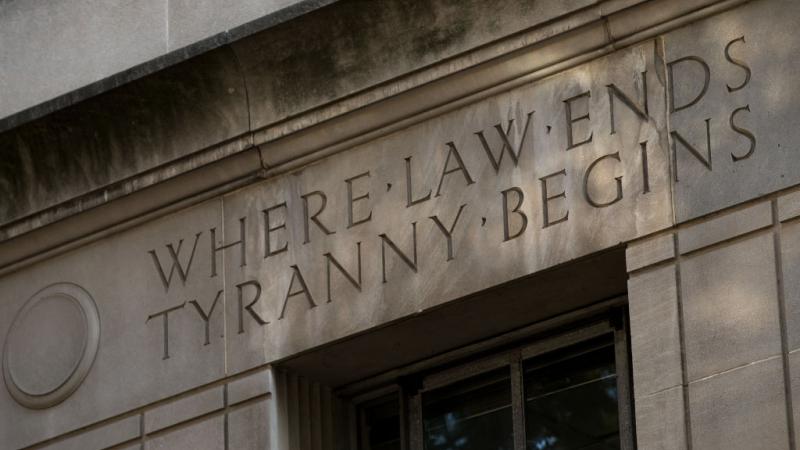Experts warn California’s $2B transit bailout will 'exacerbate operating losses'
Public transit experts warn investing in struggling transit systems’ expansion while ridership remains low could be a recipe for financial disaster.
(The Center Square) - California Governor Gavin Newsom announced the approval of the first $2 billion distribution of $5.1 billion in transit recovery funding authorized by the state in the 2023-2024 budget. Public transit experts warn that with the state’s public transit systems struggling to return to pre-pandemic levels, expanding operations and infrastructure without commensurate increases in ridership could lead to even larger transit deficits in the long run.
SB 125 in 2023 allocated $4 billion in state general funds for the Transit and Intercity Rail Capital Program, providing money based on population for regional transportation agencies to spend on operations or capital projects. It also included a $1.1 billion “Zero-Emission Transit Capital Program” for funding “zero-emission transit equipment and operations,” 85% of which is expected to be used on bailing out struggling San Francisco area transit agencies.
Major differences in ridership recovery for Bay Area and Southern California metropolises seem to explain this funding difference. On Los Angeles Metro, weekday ridership remains at 81% of 2019 levels, while Bay Area Rapid Transit remains at just 41% of 2019 levels. With car registration data in Los Angeles remaining steady from pre-pandemic levels and public transit still not recovering, this suggests riders with access to cars are replacing fewer car trips with public transit, a trend that may be even more pronounced in the Bay Area.
The largest share of the $2 billion distribution is going to LA Metro, with $618 million mostly going towards capital improvements such as rail and transit corridor expansions, and zero-emission bus charging infrastructure. With LA Metro’s weekend ridership back up to 96% of 2019 levels despite high levels of reported crime, it appears LA Metro is finally stabilizing.
BART is receiving the second-largest share, with $535 million for expanding a line to Silicon Valley and funding ongoing operational costs. Felony arrests on BART increased 62% from 2022 to 2023, suggesting crime is a major component in lower ridership but that enforcement is leading towards abating crime concerns. Yet with San Francisco’s downtown businesses recovery ranking worst among 62 studied North American cities, a lack of business activity could be weighing down ridership well beyond concerns about crime.
Public transit experts warn investing in struggling transit systems’ expansion while ridership remains low could be a recipe for financial disaster, as these expansions may lack the future ridership to cover the cost of their growth in the future.
“A lot of the CalSTA money is going to support construction projects, like the San Jose BART extension, rather than operations,” said Cato Institute policy analyst Marc Joffe to The Center Square. “In this era of reduced ridership, these projects rarely make economic sense and since transit extensions add operational costs they will exacerbate operating losses for some transit operators threatening their long-term sustainability.”
















